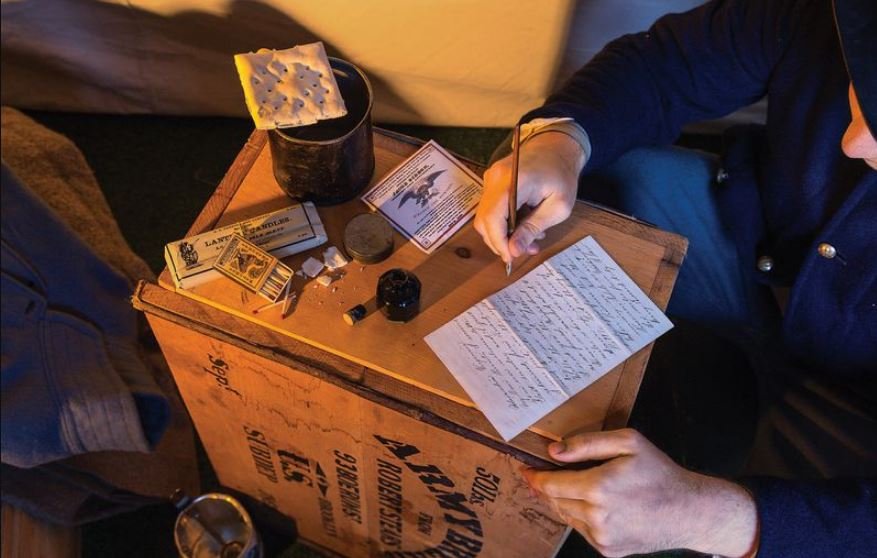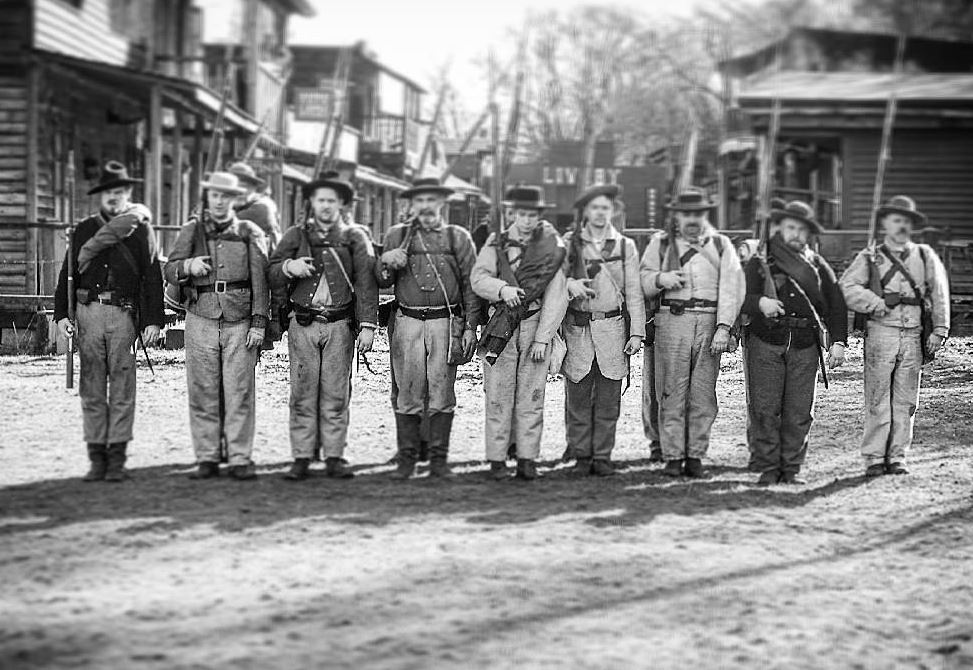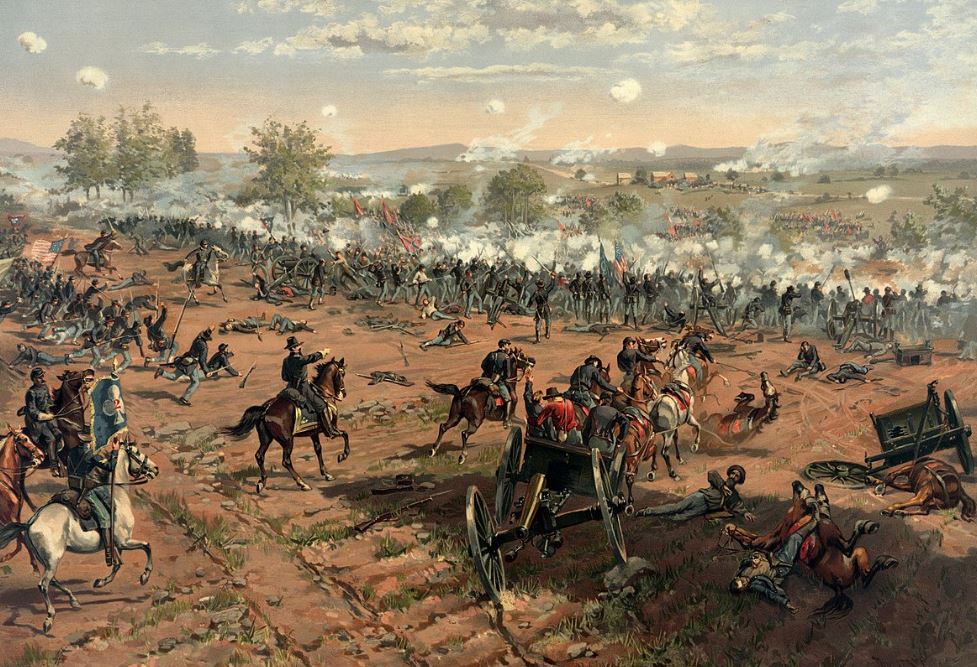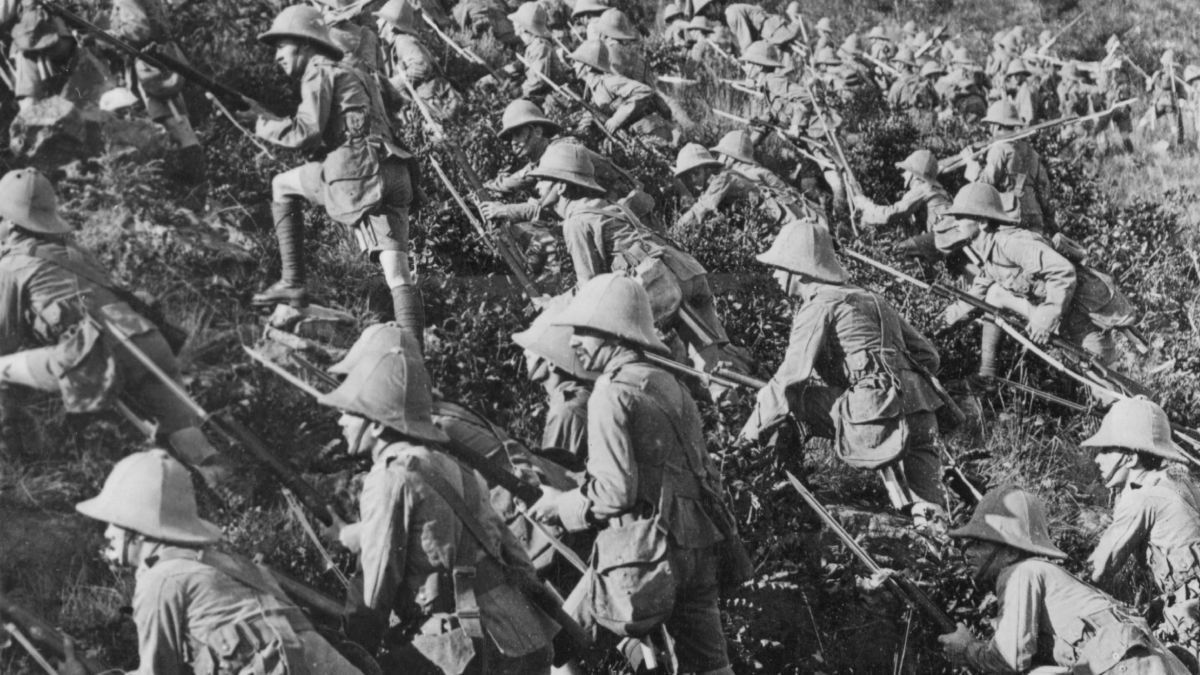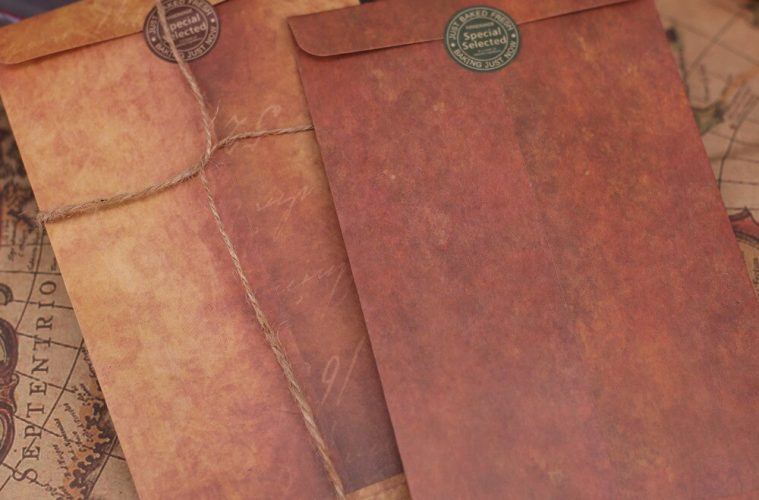
Dear Parents
The note inside the envelope began like “My Dear Parents, “I received your ever-welcome letter last Sunday, and I just returned from guard [duty]. I was just in the right mood to write so I will try it. We left Union Mills the next day after I sent you the letter.”
The Battle
With an intense emphasis on “union mills”, the letter continued, “As we passed Fairfax Courthouse, we marched about six miles when we were drawn up in line of battle. But nothing happen [sic]; only a few of our pickets taken prisoners. The next morning we took three Prisoners Rebels…”
The Era
The first lines of the letter provided a further clue to the letter’s origin. Imprinted on it was another stamp mark in red and blue ink. It depicted a scene of battle and included the inscription, “The War For The Union.”
Incomplete Image
Lynch felt that no matter how hard she tried, she was not going to get the complete image of the soldier, so, she stretched her hand to Steve Kochersperger who was a USPS researcher with an interest in the Civil War. To add on, Kochersperger had an ancestor who ran a private mail service in the Philadelphia area which was before the Battle of Gettysburg in 1863.
Idea!
Lynch got an idea to reach out to people. He thought if the article appeared in the Smithsonian magazine and on its website it could grab the attention of nearly eight million-strong audiences. He approached the magazine and his idea got approved. The piece subsequently ran alongside an evocative photo-shoot recreating a historically authentic writing space.
Shared
The article they published narrated an imagined story of the soldier’s life using details described in his letters. The Smithsonian magazine’s audience, deeply moved by the article, extensively shared the piece. The pages of history were flipped and civil wars were being read again.

